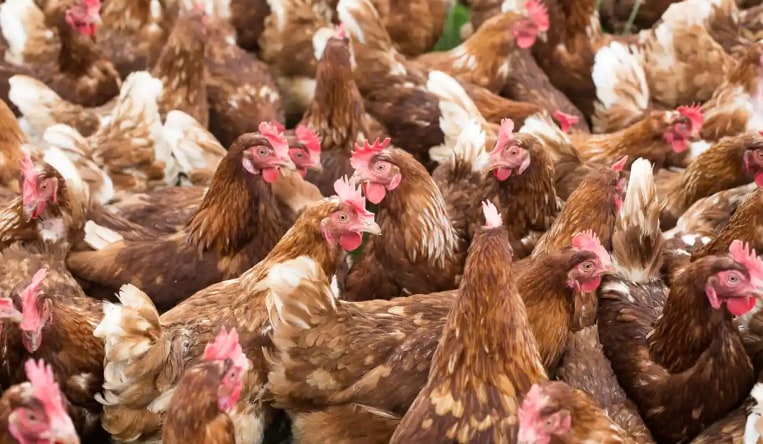Human gene identified that prevents most bird flu viruses moving to people

Human gene identified that prevents most bird flu viruses moving to people
By Sophie Kevany
Scientists have discovered that a gene present in humans is preventing most avian flu viruses moving from birds to people. The gene is present in all humans and can be found in the lungs and upper respiratory tract, where flu viruses replicate. It was already known to scientists, but the gene’s antiviral abilities are a new discovery.
A six-year investigative study led by the MRC-University of Glasgow Centre for Virus Research found that the BTN3A3 gene is a powerful barrier against most avian flu viruses.

Although relatively rare, some avian flu virus strains have periodically spilled over into humans. Two of the most recent H5N1 cases were reported in UK poultry farm workers in May this year. Human cases of H5N1 bird flu were first found in Hong Kong in 1997. Globally since 2003, 873 human H5N1 infections have been reported to the World Health Organization. Of those, 458 people died.
The study found that some bird and swine flu viruses have a genetic mutation that allows them to escape the blocking effects of the BTN3A3 gene and infect people. By tracking the history of human influenza pandemics and linking resistance to the gene with key virus types, the researchers concluded that all human influenza pandemics, including the 1918 Spanish flu and the 2009 swine flu pandemics, were a result of BTN3A3-resistant strains.
The findings suggest that resistance to the gene could help determine whether flu strains have human pandemic potential or not. That may lead to testing of wild birds, poultry and other animals susceptible to flu viruses such as pigs, for BTN3A3-resistant viruses.
“The antiviral functions of the [BTN3A3] gene appeared 40m years ago in primates,” said Prof Massimo Palmarini who led the study and is director of Glasgow’s virology research centre. “Understanding the barriers that block avian flu in humans means better targeted solutions and better control measures to prevent the spillovers.
He said that if a gene-resistant virus was identified, “we can direct preventative measures to those viruses, sooner, to prevent the spillover [into humans]”.
Dr Rute Maria Pinto, the study’s lead author, said: “It’s pretty amazing, isn’t it? We are all fairly proud about the outcome. This gene had been identified before, and other functions were attributed to it, but we found that the gene is antiviral against avian flu. No one had found that before.”
